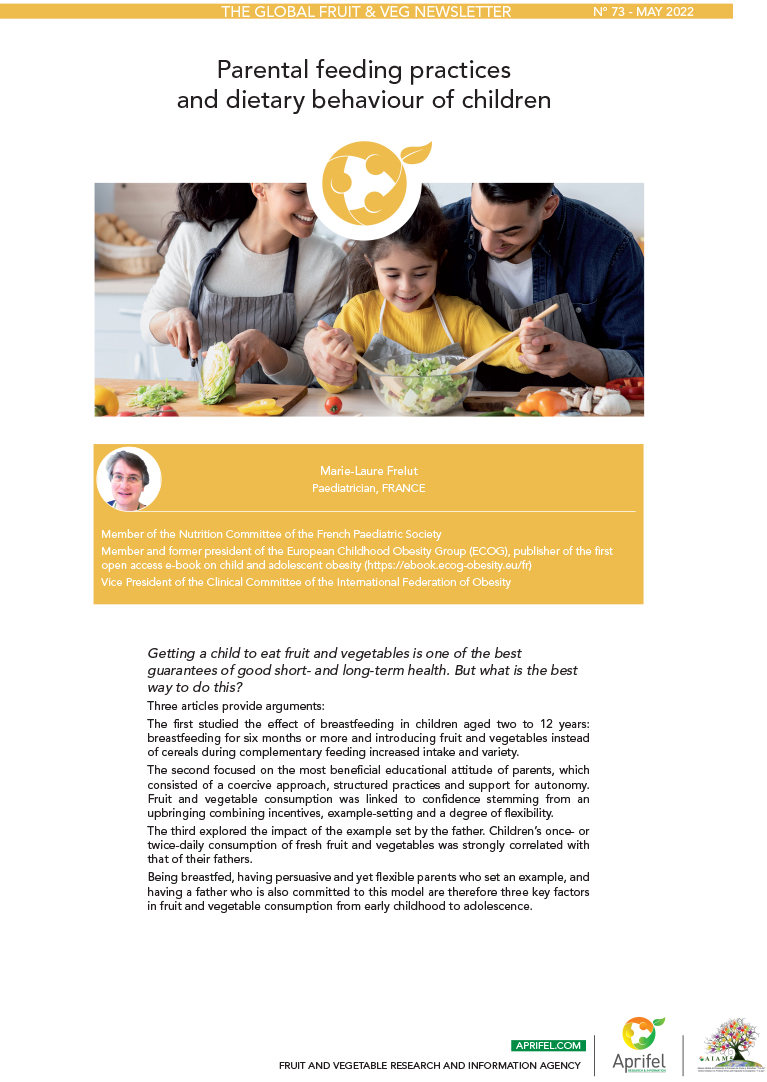Scientific news
Discover five recent scientific articles from our food, health and sustainability watch.
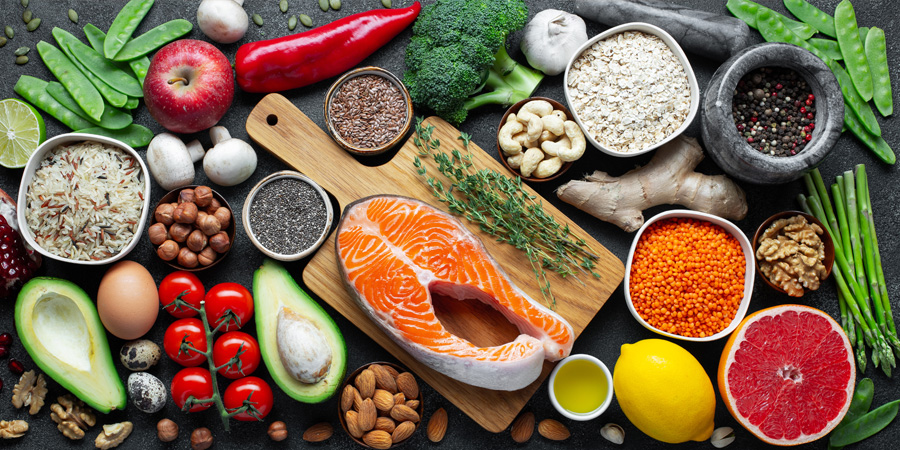
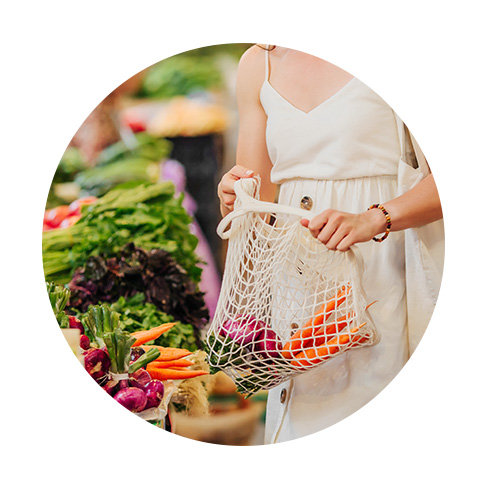
American researchers evaluated the impact of the Market to MyPlate* programme on attitudes and shopping behaviours. One hundred and twenty adults and their families were randomly divided up into three groups respectively receiving: 1- nutrition education and cooking classes with fruit and vegetable allocations; 2- nutrition education and cooking classes only; or 3- control group. Their purchases at farmers’ markets, the frequency at which they served vegetables to their families and their food resource management, food waste behaviours and food security were evaluated. Compared with the control group, the participants in Group 1 were more likely to purchase produce at farmers’ markets. They also said they served more vegetables to their families. However, no differences were observed in terms of food security or food resource management behaviour. These findings may be useful for defining interventions that can positively influence shopping and dietary behaviours.
*Community-based intervention programme that teaches low-income families about nutrition, cooking, shopping at farmers’ markets and food resource management.

A healthy diet and regular physical activity help reduce the risk of chronic diseases. In this systematic review and meta-analysis (including articles from 2010 to April 2021), American researchers studied the impact of nutrition and physical activity interventions provided by nutrition and exercise practitioners. Only the healthy adult general population was studied. The interventions increased the amount of physical activity (low certainty of evidence); increased vegetable intake (moderate certainty); reduced waist circumference (high certainty); and increased the likelihood of achieving 5% weight loss for overweight and obese adults (high certainty).
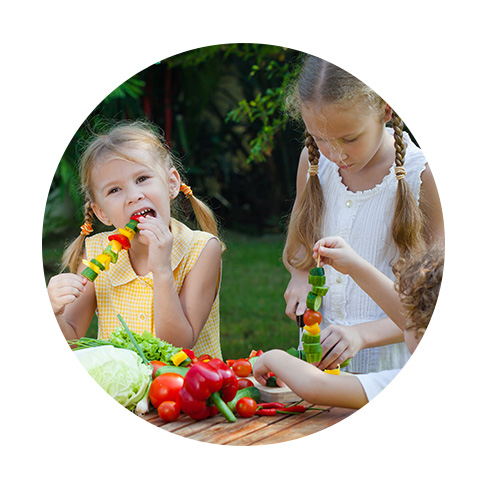
Attention Deficit Hyperactivity Disorder (ADHD) is a neurodevelopmental disorder affecting 8 to 10% of children in the United States. It presents with inattention and hyperactivity/impulsivity, which are frequently associated with emotional dysregulation symptoms. The aetiology of these disorders is multi-factorial and it seems that the severity of symptoms is associated with diet. A recent study examined the association between diet quality, ADHD symptoms and mood disorders in a paediatric cohort (n = 134 children between the ages of six and 12 years). It found that fruit and vegetable intake was inversely associated with severity of inattention. Children eating less fruit and vegetables were therefore likely to have more severe symptoms of inattention. Causality was not established by this cross-sectional analysis.

An online survey of 317 adults conducted in Philadelphia examined the association between feeling connected to nature, or nature relatedness, and dietary behaviours. The Nature Relatedness (NR) scale was used to measure the participants’ connection to nature. Dietary diversity was assessed using the FAO’s standardised tool. The people most connected to nature were more likely to report greater dietary diversity. They also reported greater fruit and vegetable intake. These findings highlight the need for health promotion interventions that enhance nature relatedness, such as nature prescription initiatives, urban gardening and greening, and immersion in urban green spaces.
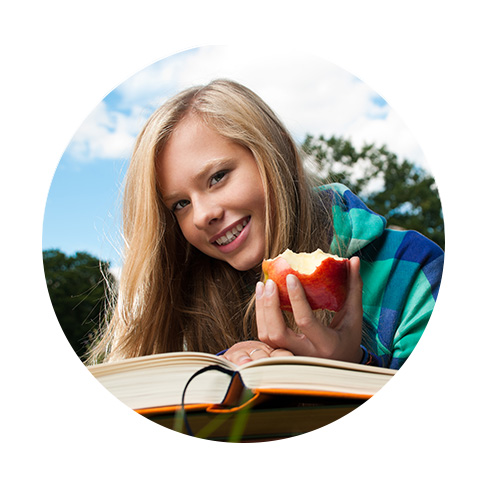
A Canadian study evaluated the relationship between the food literacy (including cooking skills), fruit and vegetable consumption and other eating behaviours of adolescents. One thousand and fifty-four students (467 boys and 570 girls) from five francophone secondary schools in New Brunswick, Canada reported (online questionnaire) their level of food literacy in terms of food skills and cooking skills, their fruit and vegetable consumption, and their eating behaviours. Better literacy and cooking skills were associated with healthier eating behaviours and greater fruit and vegetable consumption for both genders. This study suggests that public health interventions should focus on this dimension to improve adolescents’ nutrition.
